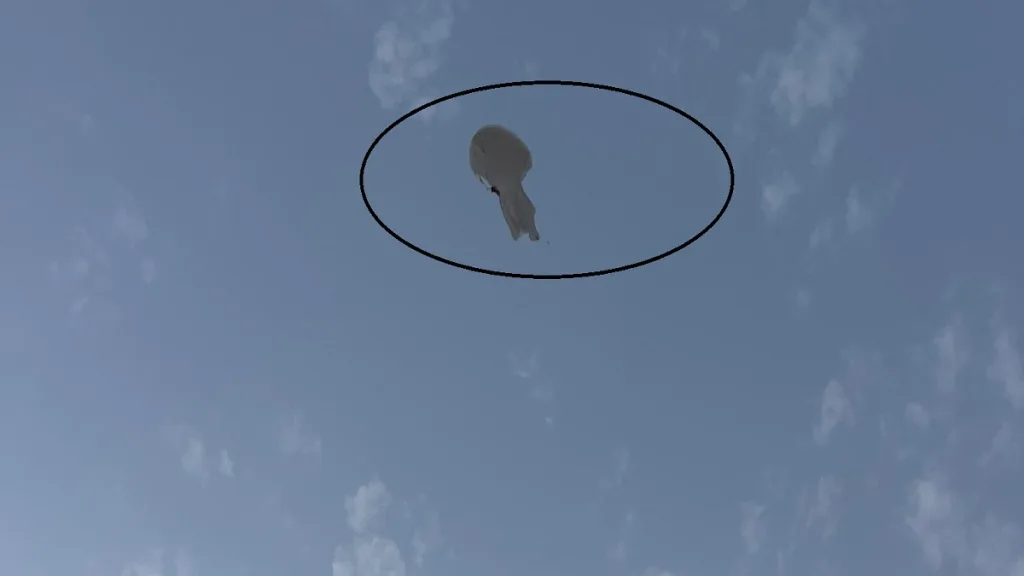- Courses
- GS Full Course 1 Year
- GS Full Course 2 Year
- GS Full Course 3 Year
- GS Full Course Till Selection
- Answer Alpha: Mains 2025 Mentorship
- MEP (Mains Enrichment Programme) Data, Facts
- Essay Target – 150+ Marks
- Online Program
- GS Recorded Course
- Polity
- Geography
- Economy
- Ancient, Medieval and Art & Culture AMAC
- Modern India, Post Independence & World History
- Environment
- Governance
- Science & Technology
- International Relations and Internal Security
- Disaster Management
- Ethics
- NCERT Current Affairs
- Indian Society and Social Issue
- NCERT- Science and Technology
- NCERT - Geography
- NCERT - Ancient History
- NCERT- World History
- NCERT Modern History
- CSAT
- 5 LAYERED ARJUNA Mentorship
- Public Administration Optional
- ABOUT US
- OUR TOPPERS
- TEST SERIES
- FREE STUDY MATERIAL
- VIDEOS
- CONTACT US
DRDO Successfully Tests Stratospheric Airship Platform (SAP)
DRDO Successfully Tests Stratospheric Airship Platform (SAP)
07-05-2025

- The Defence Research and Development Organisation (DRDO) has conducted the first successful flight trials of the Stratospheric Airship Platform (SAP).
- With this achievement, India joins a select group of nations possessing indigenous high-altitude platform systems.
- The SAP has been developed by Aerial Delivery Research and Development Establishment (ADRDE), located in Agra.
- It is aimed at boosting India’s earth observation and Intelligence, Surveillance & Reconnaissance (ISR) capabilities.
What is the Stratospheric Airship Platform (SAP)?
- SAP is a high-altitude, unmanned airship designed to function in the stratosphere, typically between 17 to 22 kilometers above the Earth’s surface.
- It operates as a High-Altitude Pseudo-Satellite (HAPS), offering extended-duration missions from high altitudes.
- HAPS platforms are broadly divided into aerodynamic types (like fixed-wing aircraft) and aerostatic types (like balloons and airships).
- SAP belongs to the aerostatic category, using helium gas to generate buoyant lift.
- It is primarily solar-powered, with onboard batteries to ensure continuous operation during nighttime.
Why is SAP Strategically Important?
- Unlike conventional satellites or aircraft, SAP can hover over a specific location for days or even weeks.
- It provides persistent surveillance, real-time communication, and long-duration observation over targeted zones.
- It is equipped to carry various payloads, including imaging sensors, radars, and telecom equipment.
- These capabilities make SAP highly valuable for border monitoring, disaster management, and intelligence gathering.
It effectively bridges the operational gap between drones and satellites, offering space-like services with faster deployment, greater flexibility, and lower operational costs.
|
Also Read |
|
| NCERT Books For UPSC | |
| UPSC Monthly Magazine | Best IAS Coaching in Delhi |




